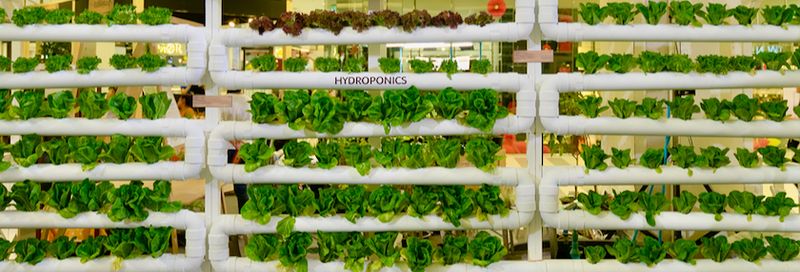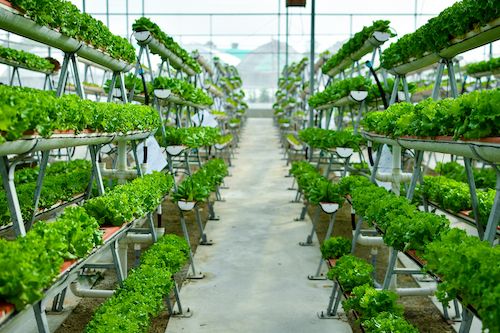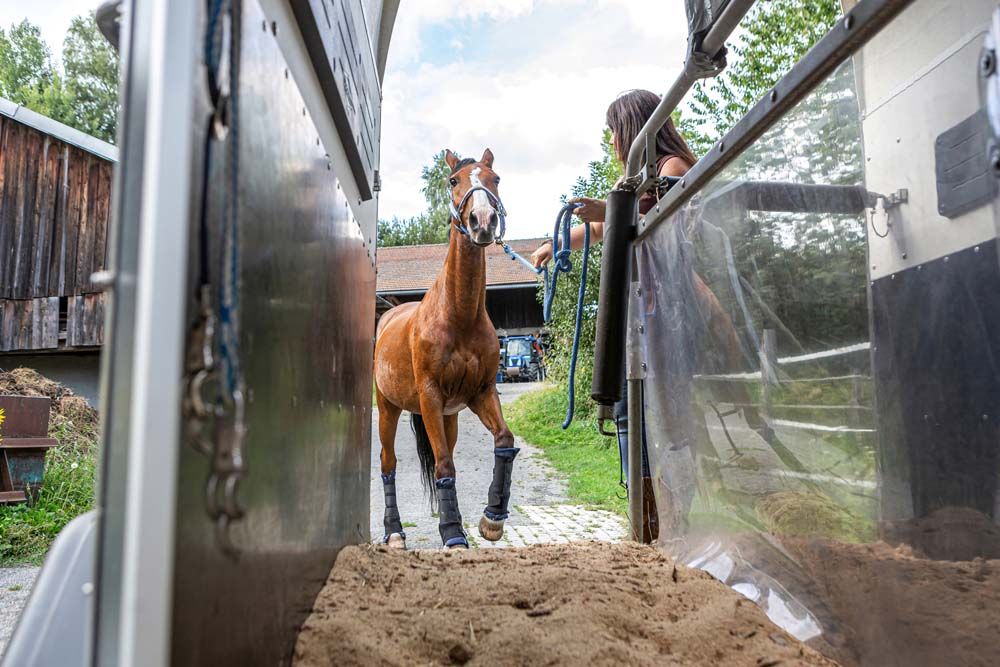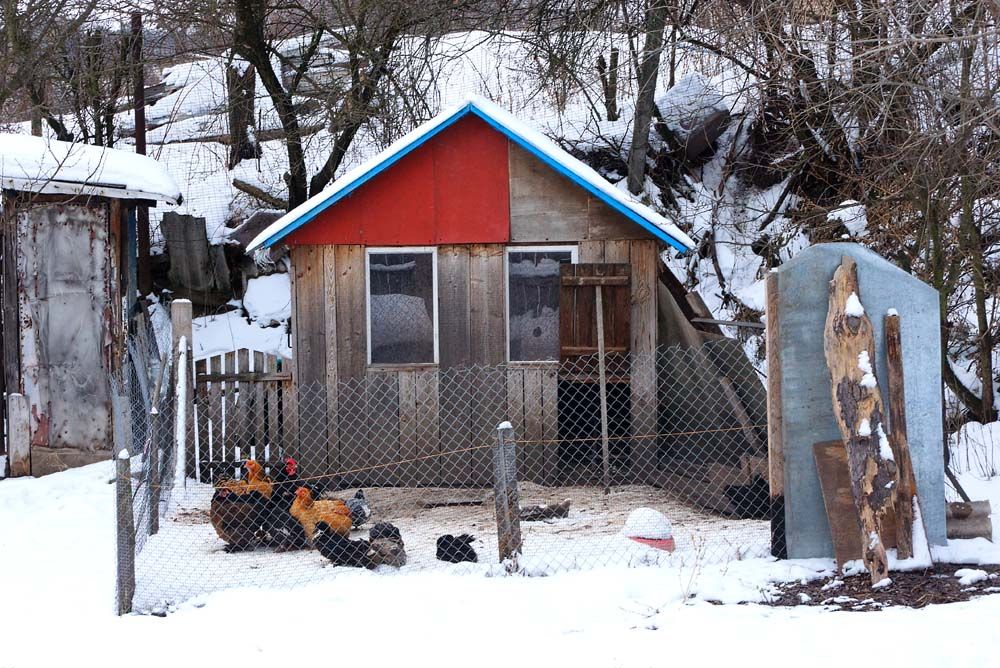Vertical Farming


The future is looking up!
Vertical farming is growing food indoors, on vertical surfaces, instead of across flat horizontal fields. And lately, it’s gotten big. Huge, actually.
But what are the pros and cons? Is it really sustainable and necessary?

I recently sat down for a chat with David Nothmann to find out. David is the Chief Operating Officer of a company called Unfold, (unfold.ag) which looks to the future of food in terms of vertical indoor farming. He started off by sharing information about Singapore, where only 10% of food in that city-state is actually grown there. But they want to increase that to 30% by 2030.
Singapore has higher population density than many other parts of the world, so where do they plan on putting these indoor farms?

Well, think about all of the space on rooftops. Parking lots. Even shipping containers! These can easily be added on to the back of grocery stores for more local foods that make the carbon footprint of transport almost non-existent. Shipping containers can be stacked and are easy to install. Even investor Elon Musk’s brother, Kimball, is a fan and has his own company focused on improving food efficiency like this.
Unfold began about two years ago with a $30 million investment from Bayer/Monsanto, where they are working on developing and screening the best seeds, genetics and efficiency in terms of growing.
Unfold is working on ways to reduce the number of growing days to harvest, breed plants of higher quality- better taste, crunch, color, etc. The specialized germplasms could be especially efficient with lettuce, spinach, cucumbers, tomatoes and peppers.
Closer to market, closer to fresh
Did you know that right now the average head of lettuce travels 2,000 miles? Therefore, plants are harvested early and not in their prime. Veggies like this are heavy as they hold a lot of water weight. They’re trucked and there is a fair amount of loss from food waste and damage with many layers within the supply chain.
Vertical, indoor farms can help with all of this while reducing the length of the supply chain and can also help control environmental factor elements like insects, weeds, pests, lighting, weather, seasons, etc. Another benefit of hydroponic vertical farming is that plants can be grown indoors year round. Think of berries, for example—we want them fresh and in season, but that can be achieved year round with this technology.
Lighting and energy use are likely the leading cost within the vertical farming sector. However, renewable energy sources are on the rise, as are genetics that allow plants to grow more efficiently with less light. Unfold has collaborative partner relationships across three continents to solve issues, while offering advanced solutions and benefits and can address gaps in genetics.

Indoor farming controls
The main location for Unfold where a majority of research and development currently occurs is in Davis, California. Here they focus on tighter control within water, fertilizer, CO2, and others already mentioned.
Another benefit is reduction of fuel resources, farm equipment, and so much more. The company plans on doubling in size this year, with overall tight efficiencies and control over precisely what exactly plants need and when. Not every crop can be grown with vertical indoor farming, (Corn? It’s too tall!) but some is better than none at all.
Outdoor farming will always have its place and likely not going anywhere anytime soon. But with the exploding population, greater efficiencies, and newer technology certainly can’t hurt and we must embrace all different options of food production, both locally and globally.
The final reckoning
I’m curious to see how hydroponics and vertical farming will be marketed to the end consumer and I’m all for this technology as long as it doesn’t bash anyone else. Too often we see organic and non-GMO food labels unnecessarily rail against GMOs or alternative meat companies spread misinformation about animal agriculture. The reality? Misinformation needs to end and truth in labeling and advertising shall prevail.
So far, I am not seeing negative fearmongering marketing within vertical farming—if anything, these foods might be labeled as “locally grown” which is fine. And it’s good to share the story of hydroponics, just like other types of farming methods.
Every system has its pros and cons. We shall see how vertical farming “unfolds.”
Tags:Hobby Farming

Acreage Life is part of the Catalyst Communications Network publication family.














